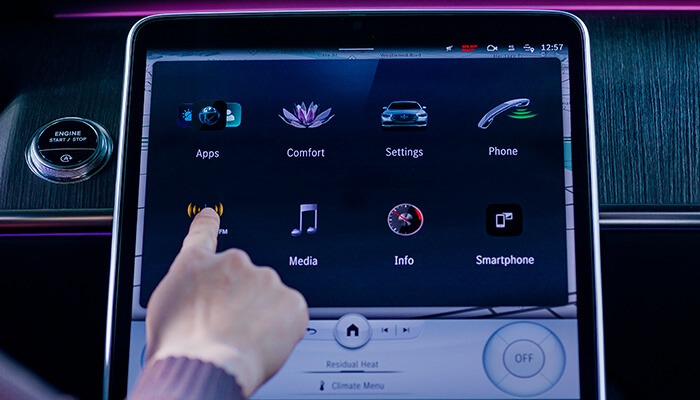As a point of reference, it is worth noting that a single 30-second slot on a radio station can range in cost from a few euros to several hundred euros.
The price is mainly determined by the geographic coverage of the radio station and its audience in terms of average daily listenership.
When it comes to the cost of producing a professional radio advertisement, it can vary from less than 100 euros to a few thousand euros, depending on the creativity involved, the voices and music used, the reach of the message, and other factors.
Radio is a versatile platform for any type of business. However, the real challenge lies in crafting the right communication strategy and selecting the most suitable radio stations and programs. Radio is particularly effective for promoting events, special offers, and initiatives that require quick and engaging communication. Moreover, it can significantly contribute to building brand awareness, especially when integrated into a medium to long-term communication plan.

Various market surveys have shown that combining radio advertising with online communication yields significantly better results than using either medium alone. Radio and the internet are distinct tools, yet they complement each other perfectly. Here's why:
- Many people turn to the internet to learn more about something they heard on the radio.
- Some listen to the radio while browsing online and can immediately search for further details.
- Online platforms allow for tracking the traffic generated by radio ads, such as through specific landing pages.
- Both mediums are suitable for targeting specific audiences.
- Radio reaches a large portion of people who either don't use the internet or use it minimally.
This integrated advertising approach can start with a radio spot and seamlessly transition to a specially created webpage. Radio captures the listener's attention, provides relevant information, and guides them towards the internet. Once on the website, the visitor can access more details about the promoted product/service and potentially take action, like making a purchase or signing up for a newsletter.
If the budget allows, it's beneficial to consider 3-4 stations for national or local campaigns. If using only one station, it's crucial to carefully select the most suitable one. When operating independently without consulting a professional, ensuring the radio station's sales department provides all necessary information is essential. Beyond audience metrics, assess the geographical coverage and request details to confirm if the station's audience aligns with your target market.
Now, onto campaign objectives:
- Are you aiming to raise awareness of your product/service? Consider a steady daily frequency with a few ads per day (e.g., 8) over an extended period (think in terms of months or years).
- Do you need to promote a time-sensitive event or special offer? Opt for a high daily frequency (e.g., 12 ads) over a short period (2 weeks).
- Want to plan for the entire year but constrained by budget? Flighting, which involves repeated 2-4 week ad campaigns throughout the year with a daily frequency of 8 ads, could be a suitable option.
In summary, the campaign's duration and frequency are key factors for overall success. Remember:
- It's challenging to capture radio listeners' attention while they're engaged in other activities.
- Besides loyal listeners, there are many "flippers" who switch between stations, making it harder to reach them.
- Listeners typically need to hear a radio message at least 3-4 times before taking action, such as calling a toll-free number or visiting a website.
